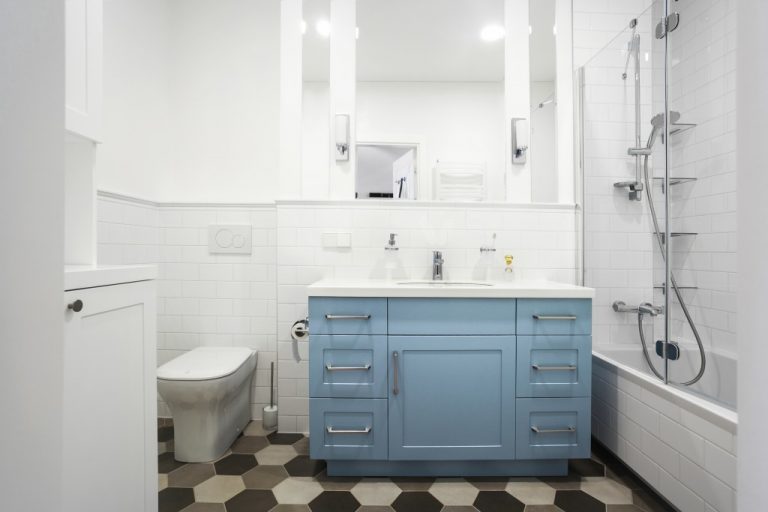A lot of people dread using public bathrooms because they expect it to be dirty and unhygienic. Public restrooms and showers are cleaned from time to time by its building’s management, but studies show that there are still hidden dangers that lurk in the corners of these amenities. Colonies of bacteria and viruses can repopulate an hour after it has been cleaned. Researchers have also found that athlete’s foot is a common infection that can be found on shower floors. Good thing, there are public bathrooms and showers with shower cubicles in NZ made with antibacterial panels that can help lower infection and other health risks.
We need clean public facilities to go about our personal needs without worries. However, we can practice good cleaning habits in our own homes as well. Below are some tips for cleaning the house. Also, here are a few things to remember when using public bathrooms and showers.
When using public comfort rooms and showers:
- Use appropriate footwear such as sandals or flip-flops, and this can prevent fungal or viral related infections such as athlete’s foot, fungal nails, and warts. Athlete’s foot is due to a fungus that grows in warm and damp environments. A person may know that they have it if their feet are itchy in between the toes and if they have red and crackly skin. Protecting the skin on the feet is the best defence against bacteria and viruses.
- Avoid using the handles if there are handles on the doors of the public comfort room, use a dry tissue or elbow your way in if the door can be pushed in. It is because 95% of the people do not wash their hands after they use the comfort room, and this can pass diseases like norovirus, which causes diarrhoea and vomiting.
- Make sure that the toilet seats are clean of any surface dirt; wipe it dry with toilet paper. Flushing the toilet can cause bacteria-laden aerosols to disperse in the air and settle everywhere. Put the toilet seat down and make sure that it is dry and clean too. If there are no toilet seats, put some toilet paper down before using it. There are also disposable and flushable paper toilet seats that are in the market that can be helpful.

In the house:
- You can get rid of the dangers that lurk in the bathroom by deep cleaning it once a month, but generally, cleaning the bathroom should be done at least once a week. You can start by wiping your shower dry daily to prevent the growth of mould, mildew, and bacteria. A good microfiber cloth or sponge cloth is useful in these scenarios as they can absorb liquid better. Proper ventilation in bathrooms is also important to keep it dry.
- Clean the shower regularly with white vinegar. Vinegar has natural antibacterial properties and is also useful in breaking down scum and hard water build-up. Pour vinegar in a plastic bag, enough to cover the showerhead. Tie the plastic bag and leave it overnight to break down the build-up. Remove the bag and run the water in the shower to rinse off the vinegar first thing in the morning.
- Shower curtains should also be cleaned once in a while as it can also accumulate mould, mildew, and bacteria. Use the showerhead to wet the curtain and use some cloth and detergent to wipe it clean. The shower curtains can also be cleaned through washing machines by throwing it in together with old towels, and it will be spotless with a bit of detergent.
Keeping these places that we so often use for our needs is essential to keep ourselves healthy. These public places that we use are also kept clean for sure, but it does not hurt if we take precautions as well.

